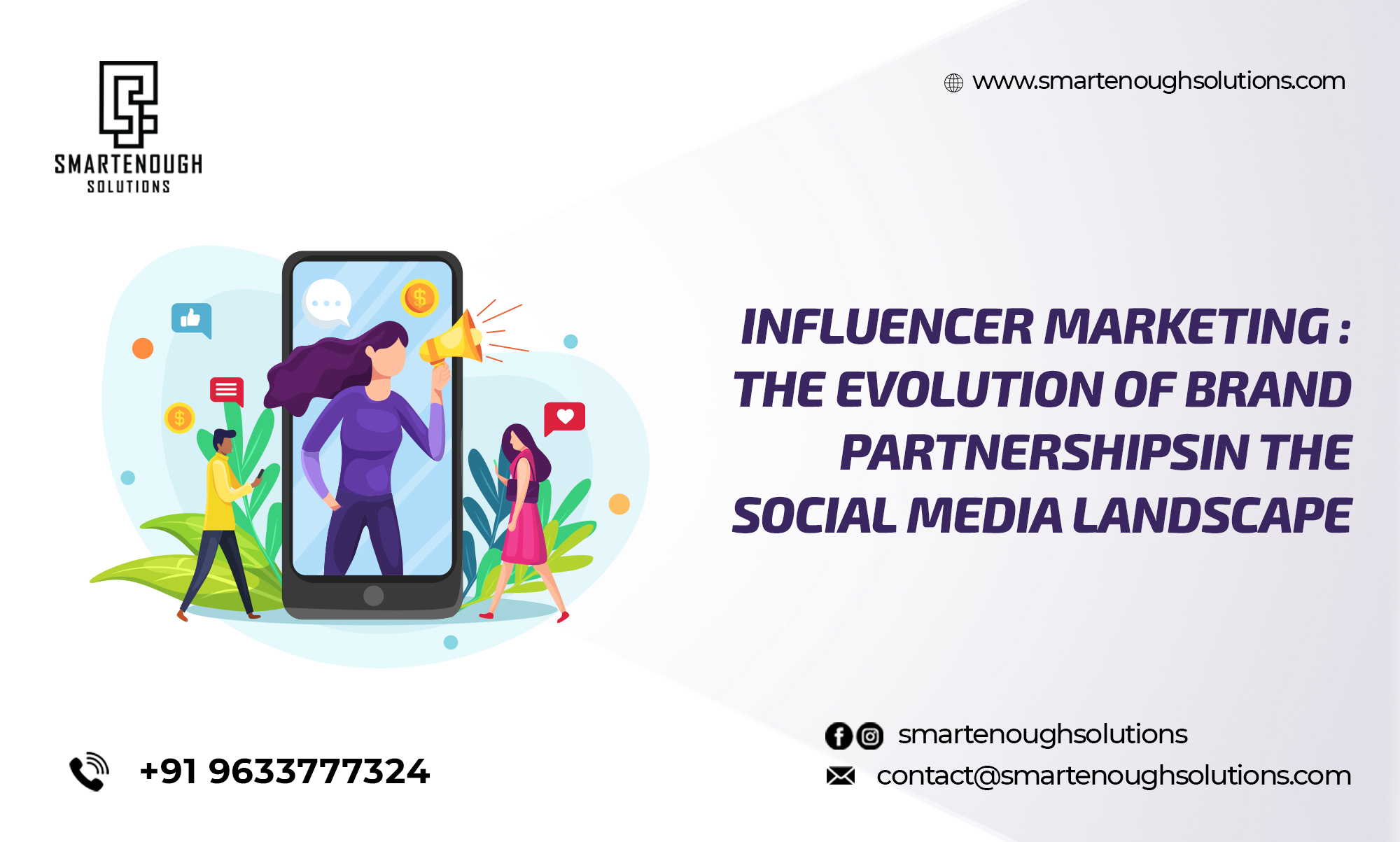
Influencer Marketing : The Evolution of Brand Partnerships in the Social Media Landscape
Influencer Marketing : The Evolution of Brand Partnerships in the Social Media Landscape
In today’s digital age, social media influencers have become powerful allies for brands looking to connect with their target audiences in authentic and engaging ways. From beauty gurus to fitness enthusiasts, influencers have cultivated loyal followings and built personal brands that resonate with millions of consumers worldwide. However, as the social media landscape continues to evolve, so too do brand partnerships with influencers. Welcome to Influencer 3.0, where authenticity, creativity, and strategic collaboration reign supreme.
The Rise of Influencer Marketing
Influencer marketing has come a long way since its inception, evolving from simple product endorsements to complex brand partnerships that drive real results. In the early days, brands would pay influencers to promote their products or services to their followers, often resulting in a one-off transaction without much consideration for long-term relationships or brand alignment.
Authenticity and Transparency
As the influencer marketing industry has matured, so too have consumer expectations. Today’s consumers are savvy and discerning, and they can easily spot inauthentic or forced endorsements. In response, brands and influencers alike have shifted their focus towards authenticity and transparency, prioritizing genuine connections and meaningful partnerships over transactional endorsements.
Creative Collaboration
Influencer partnerships have also become more creative and collaborative, with brands and influencers working together to co-create content that resonates with their shared audience. From sponsored posts and product reviews to branded content and experiential activations, brands are tapping into influencers’ unique talents and perspectives to tell their stories in fresh and compelling ways.
Micro-Influencers and Niche Communities
While mega-influencers with millions of followers still command attention, brands are increasingly turning to micro-influencers and niche communities to reach more targeted audiences. Micro-influencers, with smaller but highly engaged followings, offer brands the opportunity to connect with niche audiences in more meaningful and authentic ways, driving higher levels of engagement and conversion.
Data-Driven Strategies
Influencer partnerships are also becoming more data-driven, with brands leveraging analytics and insights to identify the most effective influencers for their campaigns and measure the impact of their partnerships. By analyzing metrics such as reach, engagement, and conversion rates, brands can optimize their influencer marketing strategies for maximum ROI and effectiveness.
The Future of Influencer Marketing
As we look to the future, influencer marketing will continue to evolve and adapt to the changing social media landscape. From virtual influencers and AI-generated content to augmented reality experiences and live streaming, the possibilities are endless. However, one thing remains constant: the power of authentic, creative, and strategic partnerships between brands and influencers to drive meaningful connections and impact.
Conclusion
Influencer 3.0 represents a new era of brand partnerships in the social media landscape, characterized by authenticity, creativity, and strategic collaboration. By embracing these principles and adapting to the evolving needs and expectations of consumers, brands can unlock the full potential of influencer marketing and create lasting relationships with their target audiences.

